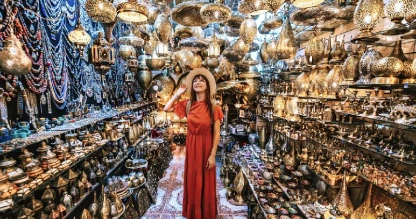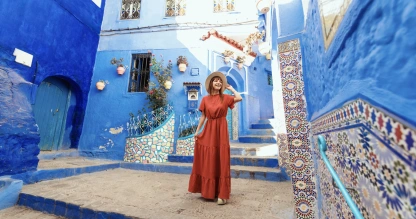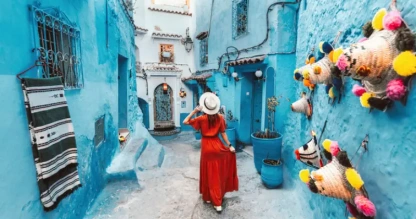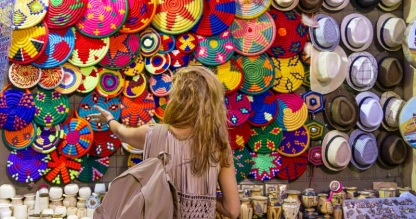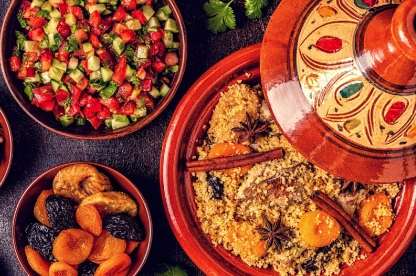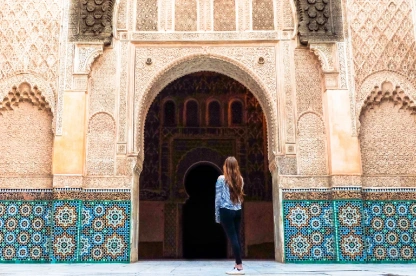Table of Contents:
Best Moroccan Food You Shouldn't Miss
Morocco has earned the world's second-best gourmet destination by Worldsim Travel's 2017 ratings. This is a reasonable recognition, considering that over 15 Moroccan restaurants are among the world's top 1000 dining establishments.
Moroccan cuisine is a vibrant fusion of Amazigh, Andalusian, Mediterranean, Western European, and sub-Saharan African cuisines, and its food scene is rich and diverse in history. Whether you're a meat-eater or a vegetarian, there's something in Morocco for everyone, from traditional lamb roasts to tasty veggie dishes. Here is your guide to the best Moroccan food you must try.
Tajine and Couscous: The Heart of Moroccan Cuisine
When it comes to Moroccan cuisine, two dishes will instantly come to mind: couscous and tajine. Though these are familiar to foreign visitors, what they entail when prepared, from where they derive, and why they hold important meaning speaks much deeper to what makes Morocco.
Tajine:
From the earthenware pot in which it's cooked is the name of this slow-cooked stew, which combines meat (often lamb, chicken, or beef) with vegetables, dried fruits, and a range of spices like saffron, cinnamon, turmeric, and ginger. Common varieties include:
- Chicken preserved lemon and olives – a tangy, savory classic.
- Lamb with prunes and almonds – a sweet-and-savory staple.
- Vegetarian tajine – full of seasonal vegetables and chickpeas.
The tajine is lovely in its balance of flavors and its fall-apart, tender texture, achieved by slow cooking over the course of hours.
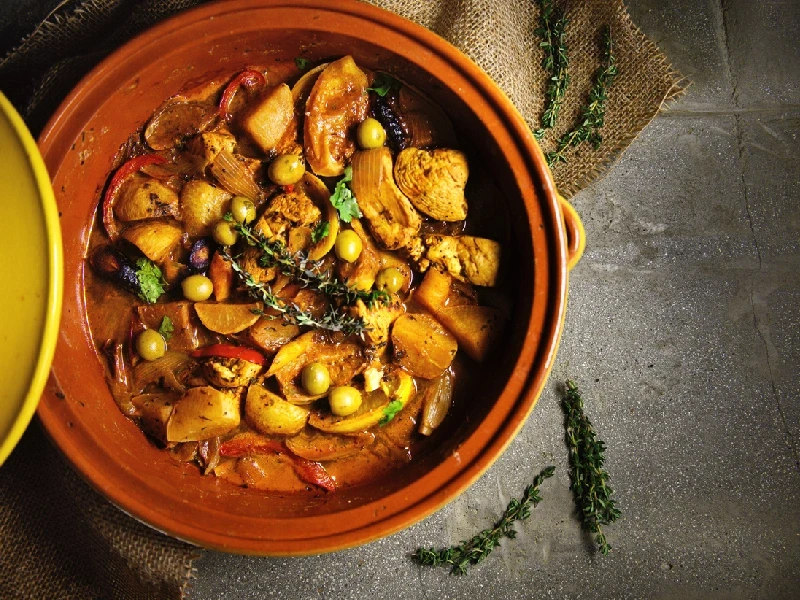
2. Couscous: A Friday Tradition
Couscous is not just a Moroccan meal—it's a Friday tradition. Steamed semolina is covered with meat, vegetables, and sometimes chickpeas and caramelized onions. Traditionally served on Fridays after prayer, couscous is a comfort food and a cultural tradition.
Spices: The Heart of Moroccan Cooking
The spice magic of Moroccan cooking is its strongest point. Both couscous and tajine reflect Morocco's skillful handling of spices, but both dishes have very different flavor profiles.
Tajine is usually flavored with ras el hanout, a sophisticated blend of spices that may include as many as 30 ingredients. This is paired with earthy cumin, warm ginger, and bright paprika. The recipe occasionally incorporates dried fruits such as apricots or prunes, providing a delicate sweetness to counteract the savory elements.
On the other hand, couscous is not so showy with its spice consumption, typically having ginger, turmeric, and freshly ground black pepper.
Though tajine is open to powerful and complex tastes, couscous is simple, allowing the natural flavor of the ingredients to be highlighted. In some regions, couscous is also accompanied by smen, aged butter used traditionally that gives a phenomenal depth of flavor.
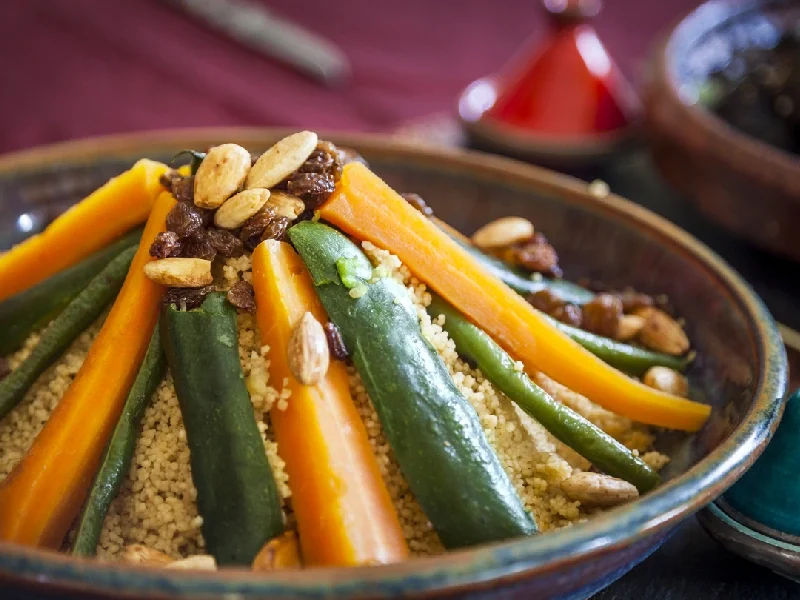
Street Food: The Flavor of Morocco’s Markets
Beyond the well-known dishes of tajine and couscous, Morocco also has a vibrant street food scene. Visitors can experience Morocco's vibrant markets, in which street stalls serve up good, honest snacks that are part of daily existence.
Msemen: Morocco's Layered Pancake
Msemen, or rghaif, is one of Morocco's most productive street foods. This fried, square pancake is made of wheat flour, semolina, and huge amounts of oil. The dough is rolled up into layers, hence, crispy on the outside and chewy on the inside. Msemen is either consumed as breakfast or as an afternoon snack.
It is either served simple or with various added ingredients, including butter, honey, or cream cheese. In meat dishes, it can be stuffed with spiced meat or vegetables and is a full meal in itself.
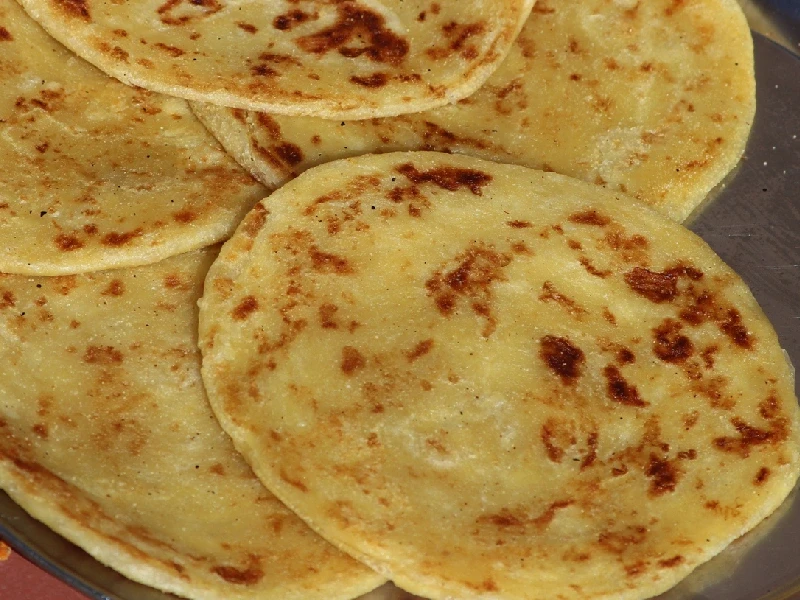
Brochettes: Lamb or Beef Skewers’
Another beloved Moroccan food is brochettes, which are grilled lamb or beef skewers. Moroccan brochettes are different from Turkish ones since they are shorter, with alternate chunks of meat and fat cubes placed between them so that the skewers do not become dry as much when grilled.
They are typically accompanied by fresh bread, tomato-onion salad, and occasionally fries or olives. Sandwiches made from the meat in the skewers are also available from some street sellers, and these are supplemented with spices, harissa paste, and chopped salad.

Bissara: Fava Bean Soup
Bissara, a thick fava bean soup, is a popular winter breakfast in Morocco. Once considered a "poor man's dish," bissara today is a very popular comfort food. Made from dried split fava beans, garlic, cumin, paprika, and olive oil, the soup is creamy smooth in texture. Served with fresh bread to dip into the soup, bissara is typically consumed in the morning and is comforting and satisfying.
Caliente: Chickpea Flour Pie
Caliente or chickpea flour pie, is a northern Moroccan street food staple. This gluten-free pie, akin to Italy's farinata or France's socca, is made by mixing chickpea flour with eggs and baking until golden. The resulting product is a savory, faintly crunchy pie served hot, generally with a sprinkle of salt, cumin, or harissa paste.
Moroccan Sweet Treats and Desserts
Moroccan desserts are renowned for their intricate flavors, combining the sweetness of honey, the richness of nuts, and the fragrance of orange blossom water. These treats are often served with mint tea, which is Morocco’s national drink.
Chebakia: Ramadan's Favorite Cookie
Chebakia is a popular cookie eaten during the sacred month of Ramadan. The dough is shaped into thin flower-like designs, fried, and then immersed in honey and orange blossom water.
The resulting cookie is crunchy outside and soft within, with a sweet, floral scent that has made it a favorite delicacy of all times. Chebakia is made by families gathered together, the tradition being handed down from one generation to another.
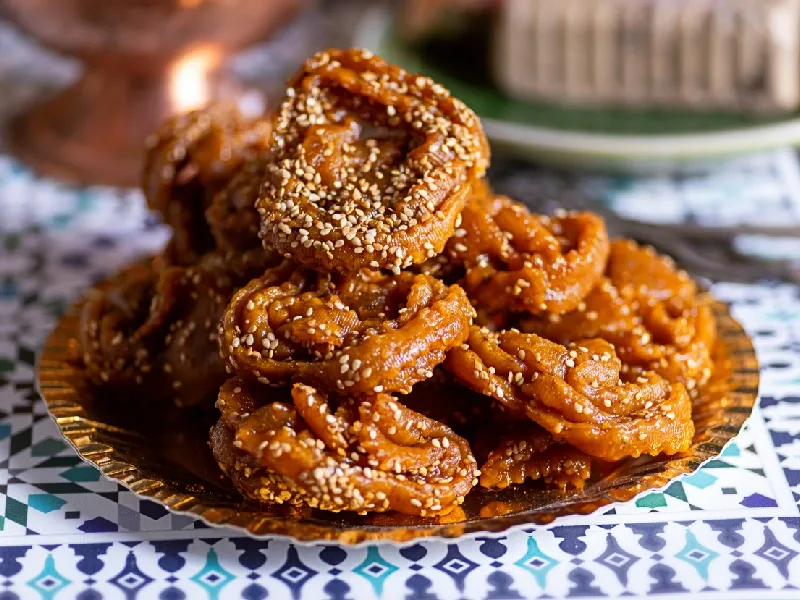
Cornes de Gazelle: Almond-Filled Crescents
Kaab el Ghazal, or "gazelle horns," are delicate almond-filled crescent pastries. The thin pastry is filled with ground almonds, cinnamon, and orange blossom water and baked until golden. These elegant sweets are traditionally served at wedding ceremonies and other festive occasions, where they remain a symbol of Moroccan hospitality.
Seffa: Sweet Couscous
Seffa is a unique Moroccan dessert that sweetens the couscous. The couscous is steamed and then chopped up with butter, sugar, and cinnamon, topped with toasted almonds.
In some regions, seffa is also made with rice or vermicelli noodles. Seffa is typically served on the occasion of weddings and family meals, where adults and children alike consume it.
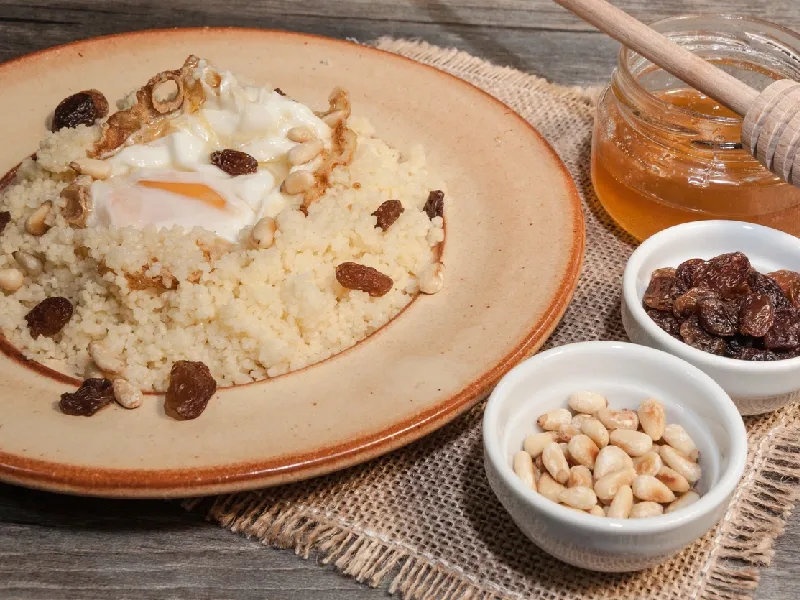
Amlou: The Moroccan Almond Spread
Amlou is an exquisite and smooth spread made up of roasted almonds, argan oil, and honey. Amlou spread is commonly consumed with bread, pancakes, or pastries at morning or afternoon tea. It is smooth in texture and possesses a robust nutty flavor, thus making it an excellent and healthy snack.
Soups, Salads, and Drinks
Moroccan cuisine also comprises a variety of soups, salads, and beverages that are an integral part of daily life.
Harira: Ramadan Soup
Harira is a nutritious soup that is particularly popular during Ramadan. It is a mix of tomatoes, chickpeas, lentils, and meat, and is also spiced with turmeric, cinnamon, and ginger. The soup is nutritious after a fasting period, providing the body with necessary nutrients and energy.
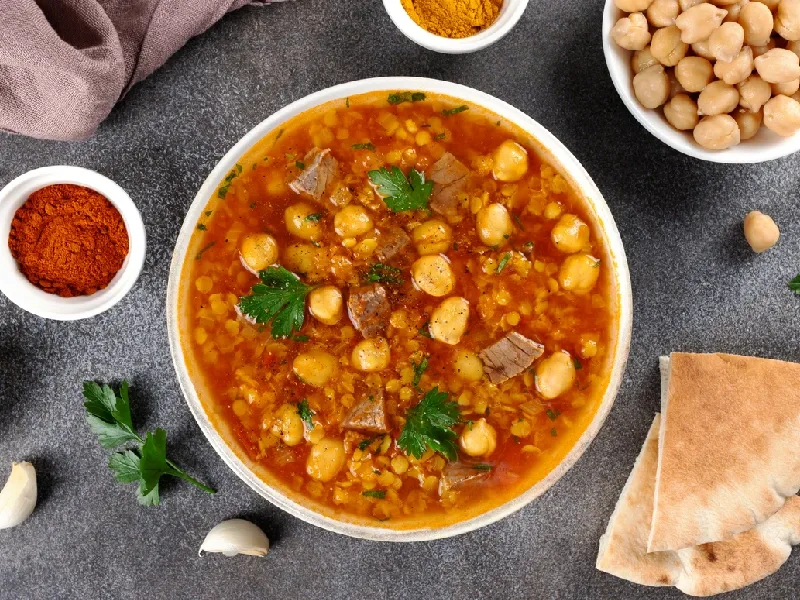
Zaalouk: Smoky Eggplant and Tomato Salad
Zaalouk is a grilled eggplant and tomato salad that reflects the Moroccan love of grilled vegetables. Eggplants are roasted, and then combined with tomatoes, garlic, cumin, and paprika to produce a smoky, flavorful dish that is served as a bread dip.
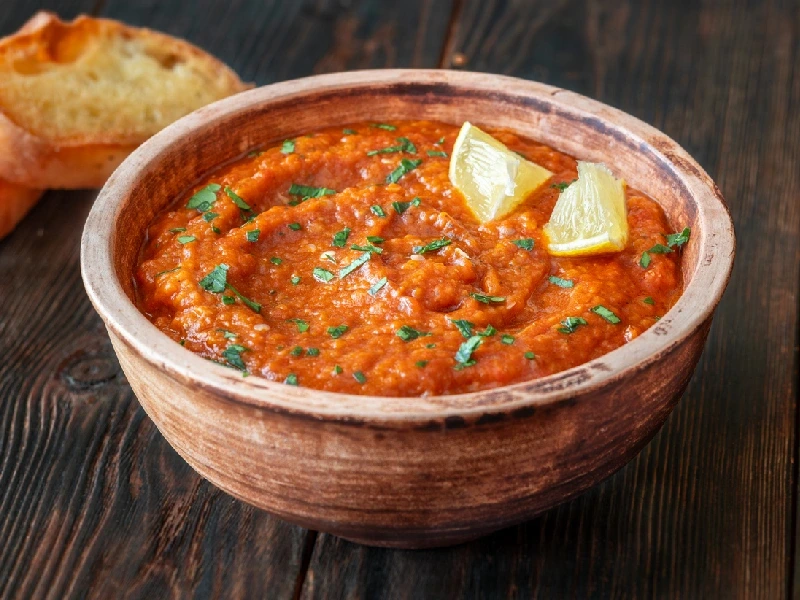
Mint Tea: The National Drink
No visit to Morocco would be complete without indulging in mint tea. This refreshing beverage is made from green tea, fresh mint, and sugar and is a staple of Moroccan hospitality. Tea is drunk every day, often with sweet pastry, and is a staple of social gatherings.
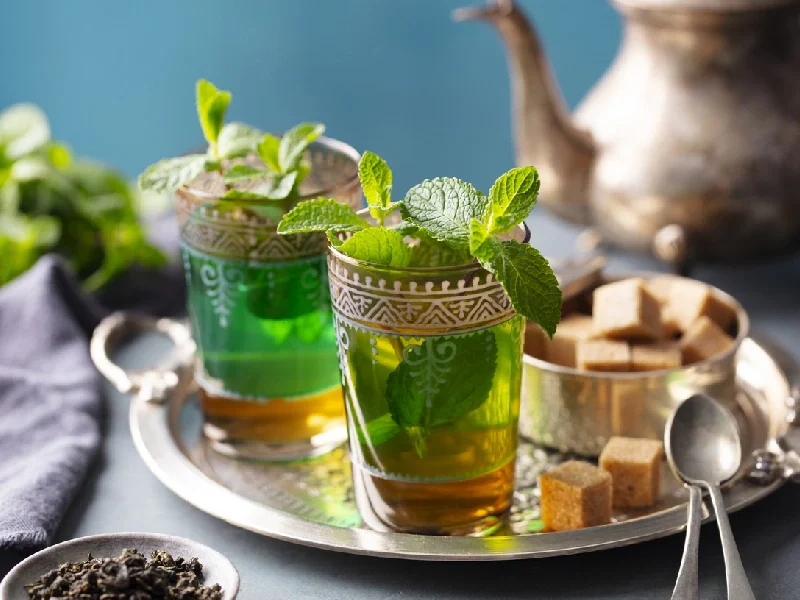
Raib: Traditional Moroccan Yogurt
Raib is a classic Moroccan yogurt that is frequently served as a dessert or snack. It is prepared using fresh milk and yogurt cultures, to which orange blossom water is added for flavor. Raib is consumed throughout Morocco, frequently accompanied by seasonal fruits or as a palate cleanser between meals.
Travel Tips for Foodies in Morocco
In order to best enjoy your culinary experience, the following practical tips are offered:
Eat Where Locals Eat
The locals' preference is usually among the best fare at casual, family-run establishments or street vendors where the locals dine. Do not hesitate to bypass the tourist restaurants for a chaotic market stand or roadside stand.
Be Smart About Street Food
While Moroccan street food may be scented and impossible to resist, choose vendors that serve fresh fare and deliver steaming hot dishes. Demand high turnover and clean countertops.
Plan Around Fridays
Friday is couscous day in Morocco! Many families and restaurants serve traditional couscous after midday prayers—try to plan your meals to experience this local tradition.
Drink Bottled Water
To avoid stomach upsets, stick to bottled water and avoid ice unless you’re sure it’s made from purified water. Mint tea is a safer, delicious alternative for hydration.
Try a Food Tour
In Marrakech and Fes, for instance, food tours can take you to hidden culinary gems and teach you about the history and tradition behind each dish.
Visit Local Markets
Stop by a local food market or souk early one morning to see Moroccan ingredients at their freshest. This is also a great opportunity to interact with local vendors and discover what's in season.
Respect Mealtime Etiquette
When dining with the locals, wait to be invited to eat, use bread to scoop up the food (usually with your right hand), and always praise the chef—Moroccan society is extremely food- and sharing-based.
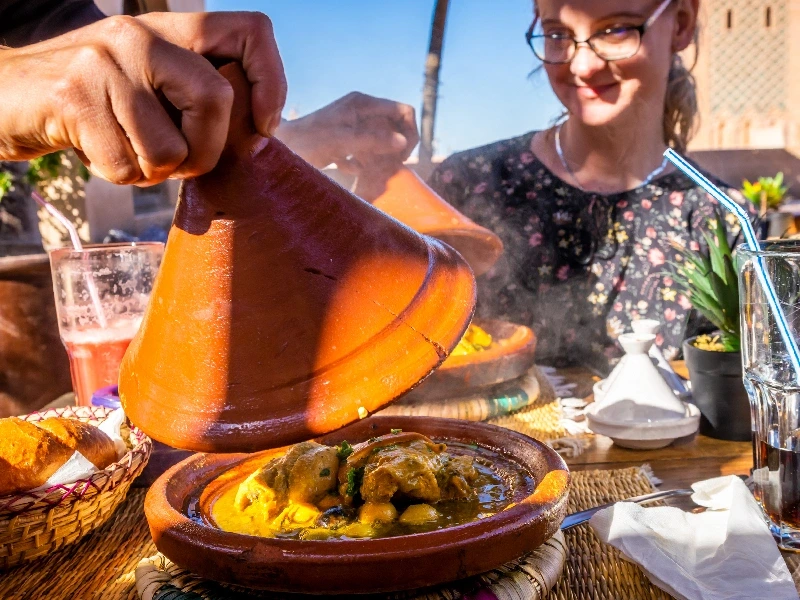
Frequently asked questions
1. What is Moroccan traditional food?
Moroccan traditional food features richly spiced dishes like couscous, tajine, and harira soup, reflecting the heart of Moroccan cuisine.
2. What is the most popular street food in Morocco?
One of the best Moroccan food options on the street is maakouda (fried potato cakes), often served in sandwiches and loved across the country.
3. What are typical Moroccan spices?
Moroccan cuisine uses spices like cumin, cinnamon, turmeric, ginger, paprika, and saffron, often blended into ras el hanout, a signature Moroccan spice mix.
4. What is special about Moroccan mint tea?
Moroccan mint tea, made with green tea, fresh mint, and lots of sugar, is more than a drink—it's a symbol of hospitality and culture in Moroccan cuisine.
5. What are traditional Moroccan sweets?
Traditional Moroccan sweets include chebakia, ghriba, and sellou, known for their almond, sesame, and honey flavors, often served during celebrations and enjoyed alongside the best Moroccan food.
Ready to explore the best of Morocco ? Book your Morocco travel packages now!
Find Other Blogs
Explore the 10 best things to do in Dubai, from world-famous sights and thrilling adventures to unique cultural experiences for every type of traveler.
Explore the best destinations in Middle East, from ancient wonders to modern marvels, perfect for culture lovers, adventure seekers, and beach fans alike.
Explore the timeless wonders of Egypt, from ancient pyramids to majestic temples, in this ultimate guide to the country’s most iconic sites.
Explore the magic of Wadi Rum, Jordan’s desert gem filled with red sands, towering cliffs, and unforgettable Bedouin adventures.
Get ready for your trip with these essential Turkey travel tips, covering culture, food, key sights, and must-know advice for first-time visitors!
Discover the rich flavors of Moroccan cuisine: tajines, couscous, street bites, and sweet treats you won't want to miss!
Discover the best beaches in Greece, from hidden gems to iconic shores, on unforgettable Greece tours filled with sun, sea, and stories.
Discover the most visited places in Istanbul, including top sites, historic landmarks, and must-see spots in this vibrant city.
Experience the thrill of a Dubai desert safari with dune bashing, camel rides and sunset views in one unforgettable adventure.
Explore the imperial cities of Morocco, Fez, Marrakesh, Rabat, and Meknes and experience rich history, culture, and stunning architecture.

